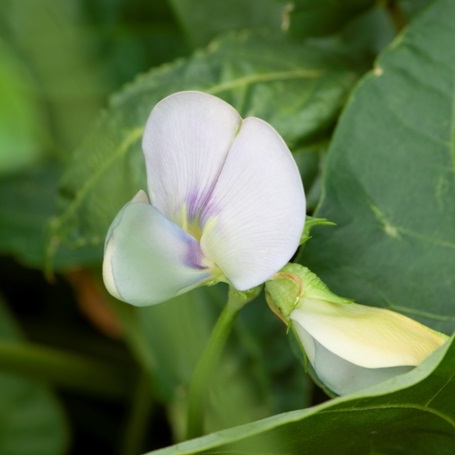An important task is to identify, characterize and protect landraces. The use of cowpea in traditional agriculture by several generations of farmers, produced various landraces very well adapted to soil and climate.
They also hold a wide range of morphological diversity, with invaluable breeding potential. However, these andraces run the risk of vanish due to the phasing out of traditional agricultural practices.
|
1
|
So, our first goal is to do an agronomic evaluation of local varieties of cowpea; followed by an analysis of genetic diversity aiming at understanding the relationships of Portuguese germplasm with that of other parts of the world and to the African wild cowpea (the likely progenitor of domesticated cowpea), using DNA markers technology. |
Consumers are becoming more conscious of the important relationship between diet and health, with an increasing number of people are looking for a varied, balanced and sustainable healthy diet. Cowpea stands out amongst the other pulses, due to its high polyphenolic and flavonol content and so, antioxidant properties. Evidence suggests that these rich bioactive compounds have disease-prevention and anti-inflammatory properties. Moreover, cowpea polyphenols exhibit one of the most promising antibacterial effects both through anti-biofilm activity and through inhibition of bacterial toxins production.
|
2
|
Following this rational, we aim to analyze the nutritional value of the grain, namely, performance in relation to phenolic composition, identifying compounds with anti-inflammatory potential, antibacterial and anti-biofilm properties. |
Cowpea grows well in places not appropriate for most other grain legumes due to its heat and drought tolerance and, so, it is an adequate crop to cope with the consequences of climate changes. As far as we know only two Portuguese cultivars were recently evaluated for drought stress resistance. It has been noted that seed protein and lipid contents depend highly on genetic background and are affected by environmental factors, particularly drought and heat stresses, during grain filling.
|
3
|
We will, therefore, evaluate the effect of drought and heat stresses on the grain production and on its phenolic composition. |




